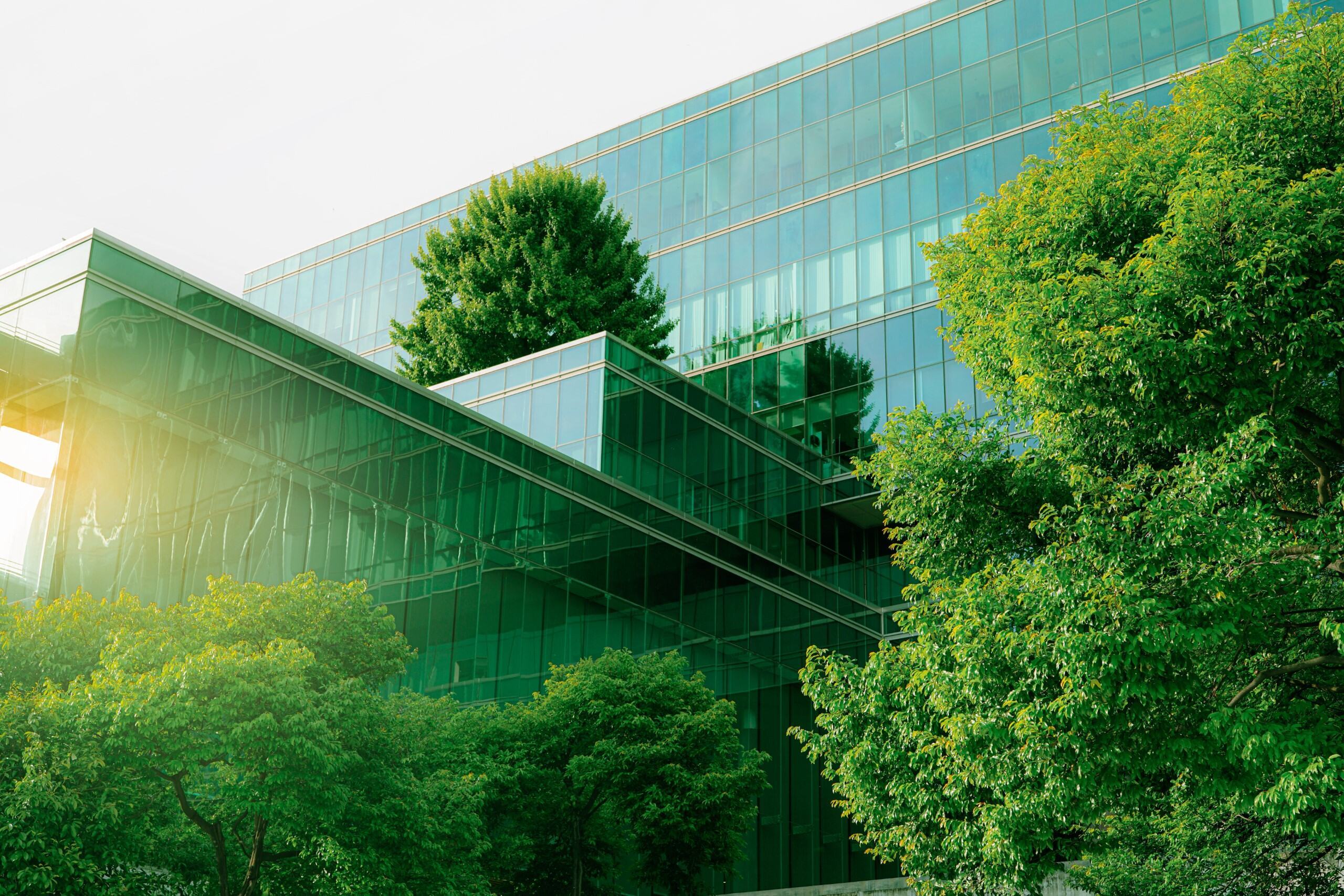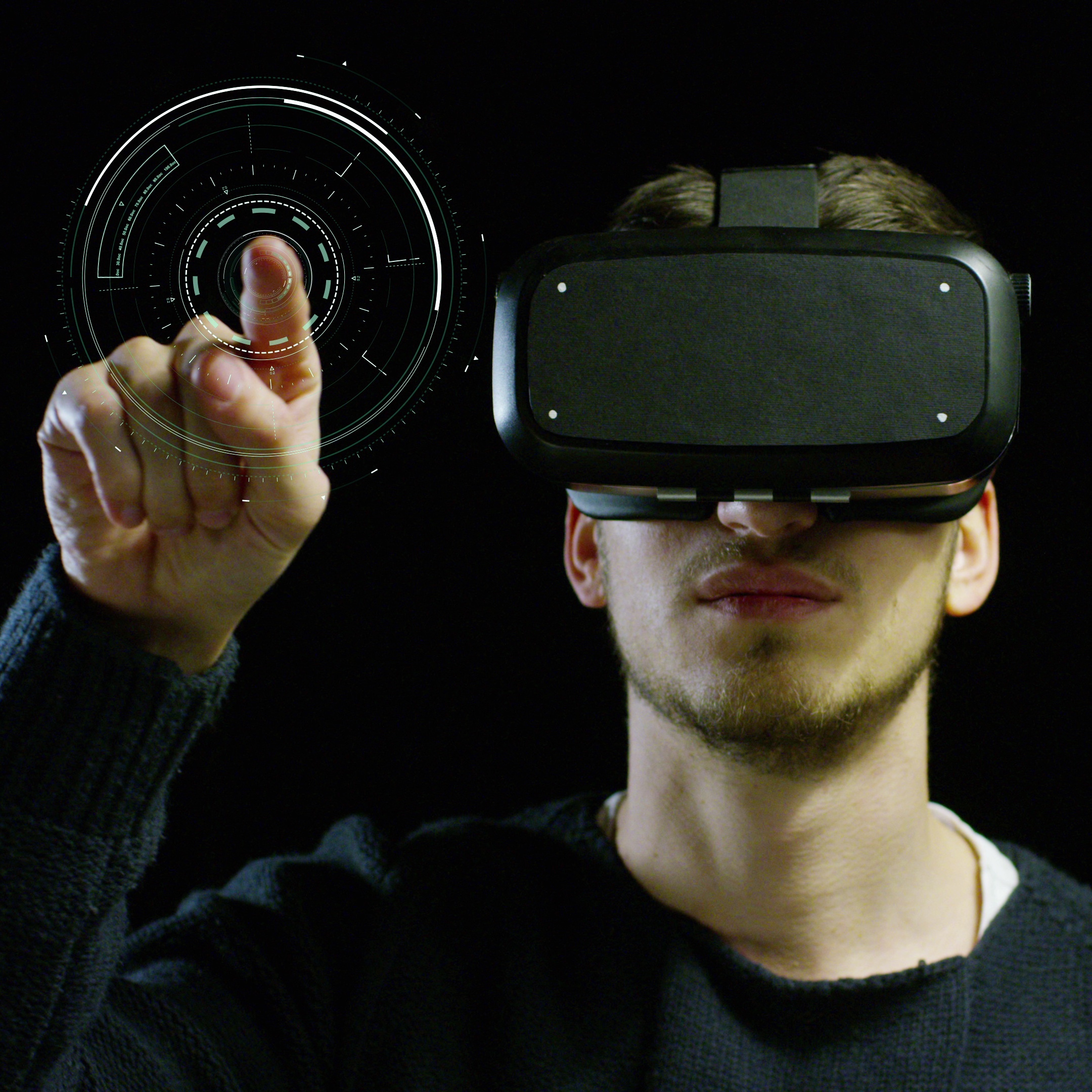Sustainable and Inclusive Experience Center Design – All You Need To Know
Sustainability and inclusion are increasingly part of the DNA of leading brands. Most companies talk about their hard work on Diversity, Equity, and Inclusion. (DEI) proudly on their People and Culture pages. Likewise, sustainability is often a big part of web pages, discussions, and press releases around a company’s vision, innovativeness, or sense of responsibility. This isn’t just publicity, for the most part. Companies want to make a real difference, prompted by the evolving values of the general populace and, consequently, an evolving marketplace and business environment. A NeilsonIQ study found that 59% of consumers say it is important to them to buy from brands that actively promote Diversity and inclusion in their businesses, in society, and in the marketplace. As for sustainability, 78% of consumers feel that sustainability is important, while 55% are open to paying more for eco-friendly brands.
If nothing, keeping up with the world’s values is part of keeping up with the times and staying relevant to your audience as a brand.
Let’s set the tone for this discussion by looking at the world’s most successful, exemplary companies’ approach to these subjects.
Apple’s website says, “Explore a collaborative culture of inclusion, growth, and originality, supported by resources that make a difference in your life” about Diversity, Equity, and Inclusion.
Microsoft’s culture page says, “The world is diverse. We will better serve everyone on the planet by representing everyone on the planet. We will be open to learning our own biases and changing our behaviors, so we can tap into the collective power of everyone at Microsoft. We don’t just value differences, we seek them out, we invite them in. And as a result, our ideas are better, our products are better, and our customers are better served.”
The Tata Group’s career page has a whole page devoted to Diversity and inclusion, which says, “At the Tata Group, we encourage and nurture all forms of Diversity. We respect differences that are fundamental to an individual’s identity such as age, gender, ethnicity, race, physical ability, mental ability, sexual orientation as well as latent and invisible differences that shape our perspectives like education, work experience, parental status, etc.”
The conglomerate has a dedicated arm to handle sustainability. According to its website, “the Tata Sustainability Group (TSG) is driven by a mission to guide, support, and provide thought leadership to all Tata group companies in embedding sustainability in their business strategies.”
These are just examples of brands that frequently make the headlines, lead their markets, and tend to set trends. There are countless examples of other brands focusing on sustainable design and operations. Perhaps, for those reading this, your organizations are also already doing their bit to promote DEI & sustainability. Clearly, sustainability and inclusion are top considerations in the way businesses operate today and envision their future. This means that going ahead, every notable initiative – across products, promotion, and brand experiences — will reflect a company’s commitment to these values. For example, 70% of consumers (among younger millennials) claim that more diverse casting in ads is a key driver of preference. Ads are a brand outreach initiative, as are experience centers. As a result, it might be safe to say that similar sentiments are likely to extend to experience centers, too. Moreover, younger millennials consist of a majority of the world’s population; they comprise 65% of the Indian population, for example. As a majority, they are able to influence brand values as both customers and employees of today’s companies.
As you plan for and conceptualize your brand’s experience center, sustainability and inclusiveness should undoubtedly be part of your brand vision and, therefore, your must-haves list. How would this play out in the context of experience center design?
What are the pillars of sustainable and inclusive experience center design?
Experience center design encompasses not just the edifice and interior design but also the way that your various installations and immersive experiences are designed.
Some key features of inclusive experience center design include:
- Ramped entrances and doorways
Critical to enabling access for wheelchair users, always make an effort to build these into your design.
- Wide hallways and corridors
This is necessary for the same reason as the first point – to enable access for wheelchair users but also to maintain sufficient room for individuals who might need assistance moving around.
- Elevator access to all floors
This must-have experience center design consideration ensures access to individuals of all age groups and abilities. If your design does not allow for multiple elevators, you can always offer preference to seniors and differently-abled visitors.
- Accessible parking spaces
Most cities and municipalities will usually have norms or formalized rules and laws around reserving parking spaces for differently-abled individuals. For example, in Mumbai, the municipal corporation has designated 3% of the available parking spaces for physically challenged car users, with a maximum of a 30-meter distance to the nearest entrance or elevator.
- Accessible, gender-neutral restrooms
Being inclusive of people of all abilities, age groups, and genders means making efforts to ensure their comfort when it comes to restroom facilities. When conceptualizing your experience center’s design, always provision for at least one gender-neutral restroom, and at least one larger stall per restroom facility to allow for wheelchair users to utilize the facility comfortably.
- Gender-neutral welcome wall
Many legacy companies and experienced executives are habituated to utilizing binary titles and, in fact, intend formalization or respect in interactions by their use. However, allowing people to use their preferred pronouns and addressing them as such is a pillar of inclusivity. Consider either dropping binary titles from welcome signage or asking people what their pronoun preferences are.
- Support bars and rails
As you consider your experience center’s design, ensure that you plan for installations to be accessible to people of all abilities.
- Low-height access to immersive tech
A wheelchair user might be otherwise capable of exploring immersive experiences by themselves and might enjoy their independence – ensure that they can access iPads, controls, and so on without needing to ask for assistance. It’s not about your facilitator’s willingness to help; it’s about giving the individual the option to maintain independence if that’s what they prefer.
- Using alt tags for images
Alt tags serve as a text-based portrayal of the image. It is intended for consumption by screen-reader software and helps individuals with visual or cognitive impairments access to non-textual content. The alt text for an image conveys the content and purpose of the image rather than providing a descriptive account. You can handle this easily for your image-based installations by using generative AI such as AltText.Ai.
- Providing closed captions for videos
Closed captioning allows visually impaired individuals to access the visual aspects of video content. You can achieve this move in inclusivity easily using tools like Animaker or ClipChamp, among others.
- Ensuring compatibility with screen readers
For the above two initiatives to work, you need to check and ensure compatibility with screen readers, which is a type of assistive tech that reads screen content aloud.
- Offering text-to-speech options
This means having the option for text on your installations to be read aloud, enabling inclusivity for the visually impaired.
- Using readable and adjustable font sizes
This would ensure inclusivity for people of all age groups and the visually impaired.
- Mandatory Diversity and inclusion training for all staff
This is not a design element but is worth mentioning because, despite heavy investments in inclusive experience center design, there is a risk that you might not fulfill your inclusivity goals if your staff are not regularly sensitized, trained, and updated on what it means to be inclusive. Train all facilitators, security staff, and, indeed, everyone at your experience center.
Sustainable experience center design typically involves:
- Minimize non-renewable energy consumption and waste
Ideate with your experience center design team – are there ways to increase natural lighting where you’re not using immersive tech that needs a dark room (like 3D projectors)? Can you use motion sensors to ensure that lighting and installations – and even taps in restrooms – jump to life only when necessary? Look for multiple ways to use automation to reduce electricity and water wastage.
- Use environmentally preferable products
You can also practice sustainability in the construction materials utilized in your experience center’s design and construction. Examples include bamboo, recycled steel, and glass, a material called hempcrete, compressed earth blocks, aerated concrete, and cork.
Sustainability ideas from real-life examples
Museum of Tomorrow in Rio de Janeiro
This center outperforms conventional buildings, using 40% less energy, with its cooling system harnessing water from nearby Guanabara Bay. Embracing the concept that the future starts now, the Museum of Tomorrow seeks to promote sustainability as the only viable path forward. Employing techniques reminiscent of a brand museum, it achieves this goal through immersive experiences, audiovisuals, and gamification.
California Academy of Sciences
Designed to blend seamlessly into the landscape, this center features a 10,000-square-meter roof covered with native plants, serving as a thermal insulator. This design reduces energy needs while absorbing 13 million liters of water annually, primarily utilized for museum purposes. The building thus consumes 30% less electricity than comparable buildings, and its 60,000 photovoltaic cells generate 10% of its energy.
Honda uses wind turbines at its Ohio plant to generate 10,000 megawatt hours of electricity per year.
Innovating for inclusiveness
In our research for this guide, while we found examples and case studies of sustainability-focused initiatives, we needed help finding similar on-ground examples of enthusiastic endeavors focused on inclusiveness. However, suggestions on getting it right abound. It is clear that companies are focusing on being more inclusive to people of all abilities, genders, sexual orientations, races, and so on. The lack of examples might indicate a lack of public data or even a lack of sufficient marketing and PR around such initiatives, which means customers have no way of knowing how the brand values of such brands align with their own. Alternatively, it could be an indicator that there is still a long way to go when it comes to conceptualizing design that considers inclusiveness as a KPI.
Here is a look at one framework for getting your (differently abled-focused) inclusivity initiatives right by World Bank Group subsidiary IFC, which is looking to enable the banking sector to cater better to differently-abled people. According to IFC, “Persons with disabilities are critical to building stronger economies, and there is a business case for their inclusion. Discrimination on the grounds of disability—including failure to ensure equal access to employment and financial services—violates universal human rights but also harms business performance and economic growth. Discrimination on the grounds of disability and inclusivity may cost some economies as much as seven percent of GDP.” IFC is collaborating with banks to improve inclusiveness for differently abled individuals in their consumer base, but also as stakeholders, employees, and so on.
One of the most interesting nuggets that we found during our research about inclusivity is the phrase “Nothing about us, without us,” which means that companies should do a little bit of research or interact with those whom they intend to be inclusive to avoid acting on stereotypes, and offer genuinely helpful initiatives and solutions. This is something that brands should consider amidst thinking about their experience center’s design.
Sustainable and inclusive design is set to become the norm rather than the exception.
As per an industry report by Capgemini, 64 percent of buyers were pleased with their purchases of sustainable goods. Meanwhile, 53 percent of consumers said they would switch to lesser-known brands if they were sustainable. This sentiment is likely to play out even more strongly when it comes to the inclusiveness of differently abled individuals. As businesses become more inclusive employers, B2B partnerships and experiences will need to consider the convenience of differently-abled persons.
This means that experience center designs need to be planned in a way that makes these zones accessible to everyone. They also need to practice due diligence towards the environment and the community. So, how does a brand go about this? A good place to start is to understand the implications and work with your experience center design partner to ensure that inclusiveness and sustainability become pillars of your design and process brief. Additionally, brands might occasionally need to undertake higher upfront investments to avoid discrimination against people with disabilities.
The bottom line is that whether brands are ready or not, the world has already moved in a positive direction with sustainability and inclusiveness—those who cannot keep up risk being left behind.
This blog is one step in creating awareness about DEI and sustainability in brand experience center design. Magineu is committed to supporting our clients in their sustainability and DEI-based values in our collaborations on building world-class, future-ready brand experience centers.



